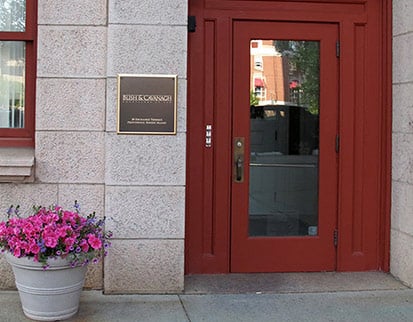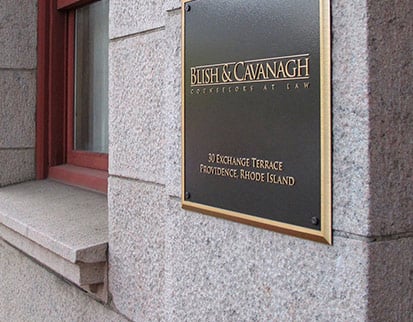Employment laws in this country cover a vast array of situations. One of these has to do with employees who file complaints about illegal things that may be going on in a company. Because every employee should feel free to make factual reports about these activities, labor laws forbid employers from retaliating against an employee who participates in a protected activity, including reporting in re: illegal activities.
Employers and employees can benefit from knowing a bit about retaliation in the workforce. Remembering these few points can help both sides to know exactly what’s allowable and what isn’t.
1. Protected actions cover a vast range of choices
Protected actions are varied. A victim of harassment or discrimination can file a report about the matter and be protected. Someone who blows the whistle on violations of laws is protected. Individuals who take legally-protected leaves of absence cannot be retaliated against. Employees who cooperate with investigations into any reports against a company also have protections against retaliation. One important distinction here is that the statements these workers make must be factual in order for these protections to remain valid.
2. Adverse employment actions vary greatly
Any adverse employment action is considered retaliation as long as it occurs in response to a protected action. Some of the more common methods of retaliation include:
- Termination
- Negative performance review
- Poor references
- Bypassing them for raises or promotions
- Reduction in hours
- Pay cuts
- Transfer to a less desirable location or shift
- Spreading rumors about the employee
- Creating a hostile workplace
- Reducing job responsibilities
3. Discipline is allowable for matters that aren’t protected activities
Normal discipline for employment matters can still be levied even if the employee has participated in a protected action. The key is that the non-protected issue for which the discipline is being levied must be well documented. Also, any disciplinary measures that are taken must be in accordance with what would occur if any other employee was in the wrong. It’s usually helpful for an employer if the policy and disciplinary measures in question are noted in an employee handbook.
Employees who believe they were retaliated against may choose to take legal action, which may lead to companies opting to defend themselves against those claims. Regardless of which side of the matter you’re on, you should learn about the options you have and develop a plan to address applicable points efficiently and effectively.








